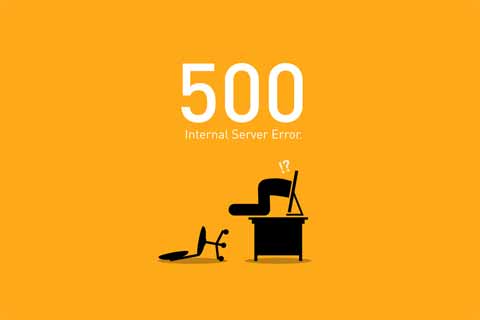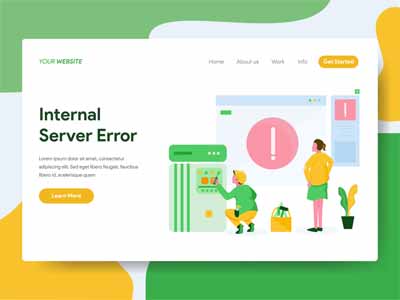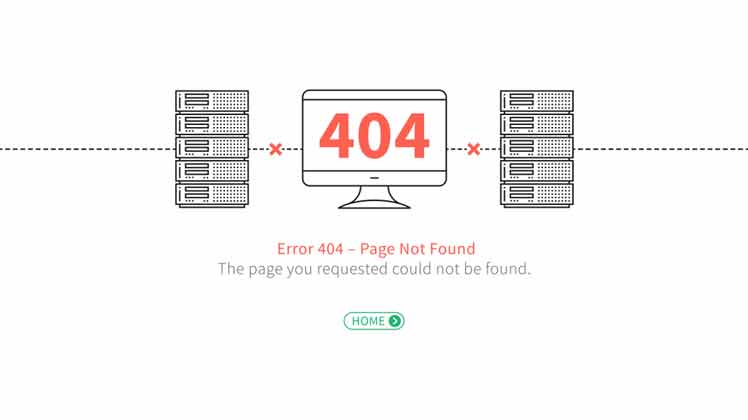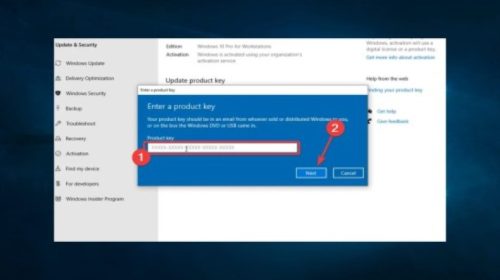Hypertext Transfer Protocol (HTTP) response with a unique code for every server errors. When a client requests the server, it starts to reply with a code. In general, the digit in the status code of the server error denotes the five standard classes of response. The codes are three-digit integer in which the first digit of status code specifies the class of response whereas the last two digits aren’t specified with any categorization roles. Visit http://isdown.io for more details. If you are up to learning a status code for server error, you have landed in the right place. The rundown below will pass the light you were searching for.
Code and Description:

• 1XX: Informational
This code refers that the request of the user has been received and the process is going on.
100:
When the server receives part of the request, the client can continue making their request until it isn’t rejected.
101 Switching protocols:
This code pops up when the server switches protocol.
• 2XX: Success
When the action successfully received, understood and accepted, then this code spring up.
200 OK:
When the request is OK.
201 Created:
A new resource is created when the request made gets completed.
202 Accepted:
When the accepted request is in process.
203 Non-Authoritative Information:
The information relies on entity-header isn’t from the original server but a local or third-party copy.
204 No Content:
It is a status code and a header given in response and no entity-body is found in its reply
205 Reset content:
To make an additional input, browser clears the form used for this transaction.
206 Partial content:
The server has started to return its partial data of size requested.

• 3XX: Redirection
When further action must be taken to fulfil the request, this code pop up.
300 Multiple Choices:
It’s a link list. The user has the choice to select a link and go for the location.
301 Moved Permanently:
New URL has been set to the requested page
302 Found:
When the request page moved to a new URL but temporarily
303 See Other:
When the request page found out under different URL.
304 Not Modified:
This code pops up on the response of If-Modified-Since or If-None-Match header when URL is not modified from a specific date.
• 4XX: Client Error
When this code pops up, it refers to incorrect syntax or unable to fulfil.
400 Bad Request:
When the server failed to understand the request.
401 Unauthorized:
When username and password are needed for the requested page.
402 Payment Required:
When you couldn’t use this code yet.
403 Forbidden:
Actions are forbidden
404 Not Found:
A server couldn’t find the requested page.
• 5XX: Server Error
This code refers to when the server couldn’t fulfil a valid request made by the user.
500 Internal Server Error:
The request wasn’t completed and met an unexpected condition.
501 Not Implemented:
A server couldn’t support the required functionality.
502 Bad Gateway:
The server gets an invalid response from the upstream server.
Hope this article cleared your view about the status code of server errors.




